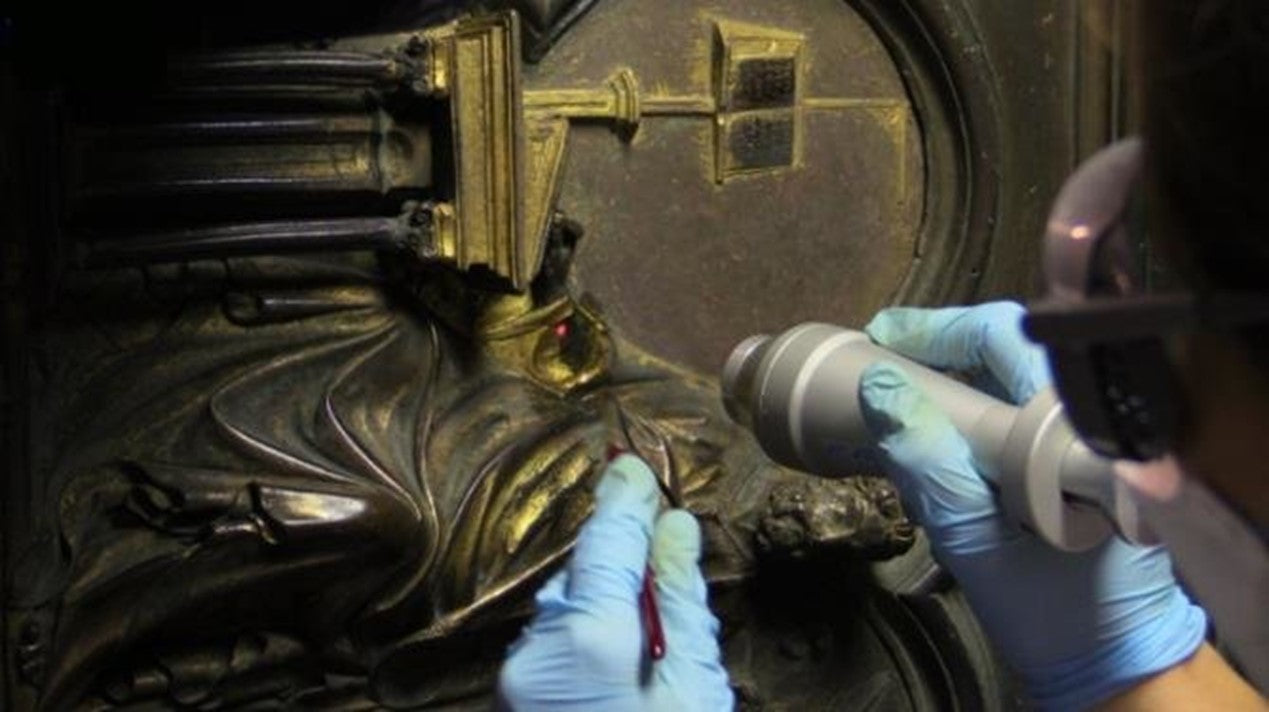Laser engraving is emerging as a state-of-the-art technology acclaimed for its efficacy in protecting and popularizing cultural heritage. Its accuracy, versatility, and non-contact nature make it ideal for restoring historical pieces and preserving cultural artifacts. This article explores how the Laser B1 30W can aid in the preservation of culture through practical applications.
Introduction
Laser engraving uses a focused laser beam to etch, engrave, or cut materials with precision. This technology is particularly useful in cultural heritage conservation, as it can interact delicately with surfaces without causing damage. For example, laser scanning and engraving can create precise replicas of deteriorated stone carvings in medieval cathedrals, while laser ablation techniques can remove layers of dirt and grime from ancient pottery without harming the original material.
Historical buildings and structures, such as ancient temples, palaces, castles, and fortresses, can benefit greatly from laser engraving. The Laser B1 30W, with its working area of 450x440mm (17.72x17.32 inches) and a laser spot size of 0.08x0.15mm, allows for the creation of detailed designs and patterns on walls, pillars, and ceilings. This not only enhances the aesthetic value of the structures but also helps in preserving their cultural significance. Additionally, laser-engraved plaques and signs can provide historical context and background information for visitors.
Artifacts and relics, including ancient sculptures and statues, can be restored or enhanced using laser engraving. The Laser B1 30W, with its optical output power of 30W and ability to cut up to 25mm plywood and 50mm acrylic in one pass, is perfect for replicating missing pieces or restoring damaged parts of sculptures. This helps in studying and appreciating these artifacts in their original form.
Historical monuments and memorials, such as war memorials and historical markers, also benefit from laser engraving. Memorial plaques or walls can be created using this technology to etch the names of soldiers or significant historical events. The durability and precision of laser engraving ensure that the information remains clear and legible for generations.
In promoting cultural heritage, laser engraving can be applied in various ways:
Preservation of Historical Architectural Details:
Laser engraving is used to mark hard-to-carve architectural designs on ancient buildings. For instance, in restoring a medieval cathedral in Europe, laser scanners and engravers were employed to recreate worn-out stone carvings.
Conservation of Ancient Artifacts:
Laser ablation cleaning techniques are less intrusive and effective for cleaning and restoring fragile items from antiquity. They remove layers of deposits without damaging the original material, enhancing the appearance of the artifacts.
Digitization of Cultural Heritage:
Laser engraving technology enables the creation of detailed copies and computer simulations of historical artifacts. This has applications in mapping archaeological sites, architecture, and other culturally significant objects for educational and tourism purposes.
Customization of Souvenirs:
Laser engraving adds value to souvenirs by creating personalized designs on keychains, mugs, or miniature pieces of art. The speed of the Laser B1 30W, with a fastest working speed of 36000mm/min, allows for quick execution, letting tourists take home customized souvenirs.
Interactive Exhibits:
Laser-engraved QR codes on exhibits can provide visitors with access to additional information, videos, or audio clips via their smartphones. Laser engraving can also create textured maps or braille descriptions for visually impaired visitors, enhancing their experience.
In conclusion, the Laser B1 30W is an invaluable tool in the preservation of cultural heritage. Its high accuracy, multifunctionality, and non-contact nature make it a revolutionary technology for protecting and restoring cultural values for future generations. As technology continues to evolve, laser engraving will play an increasingly important role in safeguarding and promoting cultural heritage.

